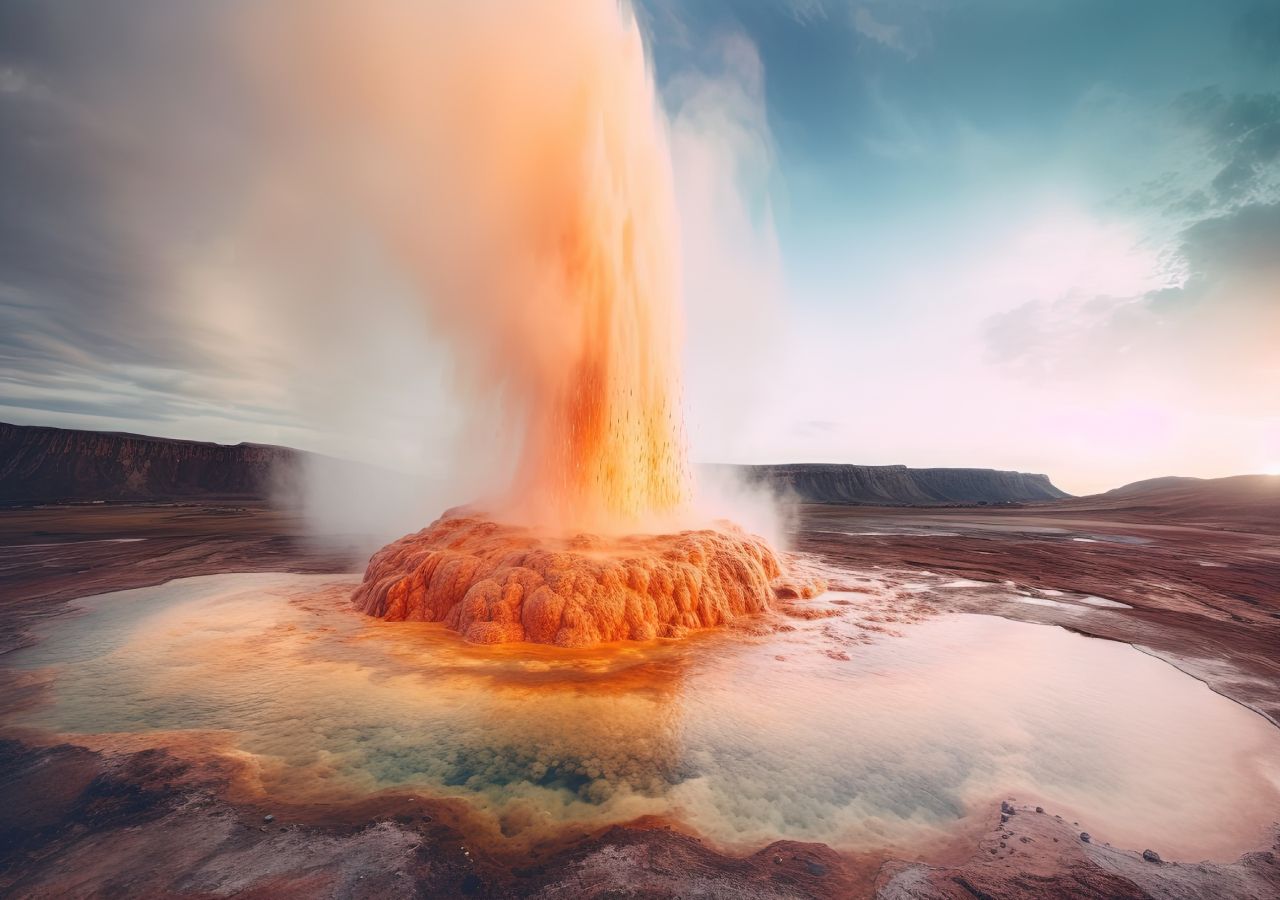A new study conducted NASA Expands the search for life outside our solar system, showing that 17 exoplanets (planets outside our system) may have oceans of liquid water, an essential ingredient for life, beneath icy shells. Water from these oceans can also burst through the ice crust in the form of geysers.
The science team calculated the extent of geyser activity on these exoplanets, making these estimates for the first time. They have identified two exoplanets close enough to detect signs of these explosions with telescopes.
The search for life elsewhere in the universe typically focuses on exoplanets in the star's “habitable zone,” a distance where temperatures allow liquid water to exist on the surface. However, it is possible for a very distant, very cold exoplanet to have an ocean under an icy crust if it had sufficient internal heating.
This happens in our solar system, where Europa, one of Jupiter's moons, and Enceladus, one of Saturn's moons, The oceans exist below the Earth's surface because they are heated by tides caused by the gravity of the host planet and neighboring moons.
These subsurface oceans could harbor life if they had other needs, such as providing energy and the elements and compounds used in biological molecules. On Earth, entire ecosystems develop in complete darkness at the bottom of the oceans, near hydrothermal vents that provide energy and nutrients..
Is it possible that there is liquid water on an exoplanet?
The team analyzed the conditions of 17 confirmed exoplanets, which are roughly the size of Earth but less dense, suggesting they may contain large amounts of ice and water rather than denser rock.
Although the exact composition of the planets is still unknown, early estimates of their surface temperatures indicate that they are much colder than Earth, suggesting that their surfaces may be covered in ice.
“Our analysis predicts that although these 17 worlds have ice-covered surfaces, they are rather hot due to the decay of radioactive elements and the tidal forces of their host stars, which maintain their inner oceans.” Lena Quick, of NASA's Goddard Space Flight Center.
The study improved estimates of each exoplanet's surface temperatures by recalculating them using known surface brightness and other properties of Europa and Enceladus. The team also expressed its appreciation The total internal heating of these exoplanets, This uses the shape of the orbit of each exoplanet to obtain the heat generated by the tides and add it to the heat expected by radioactivity.
Estimates of surface temperature and overall warming reveal the thickness of each exoplanet's ice cover, as oceans cool and freeze on the surface while warming inland. Finally, they compared these values with those for Europa and used the estimated geyser activity over Europa as a conservative basis for estimating geyser activity on the exoplanet.
The presence of water on exoplanets
Water may contain other elements and compounds that indicate whether a planet can support life. Because elements and compounds absorb light of specific colors, analyzing starlight will allow scientists to determine the geyser's composition and assess the exoplanet's potential for habitability.

For planets like Proxima Centauri b, which do not pass through their star from our perspective, geyser activity can be detected using powerful telescopes that can measure the light reflected by the exoplanet as it orbits its star. The geysers will spew icy particles onto the exoplanet's surface, making it appear very bright and reflective.
Source note:
Quick L, Roberge A, Mendoza G, et al. Prospects for cryovolcanic activity on cold ocean planets. Astrophysical Journal (2023).

“Subtly charming coffee scholar. General zombie junkie. Introvert. Alcohol nerd. Travel lover. Twitter specialist. Freelance student.”







More Stories
Unreal Engine 5 and offline single player confirmed
Developer Snapshots: Programmer news in a sentence or two
Do you already know Ruona? -Dukchik